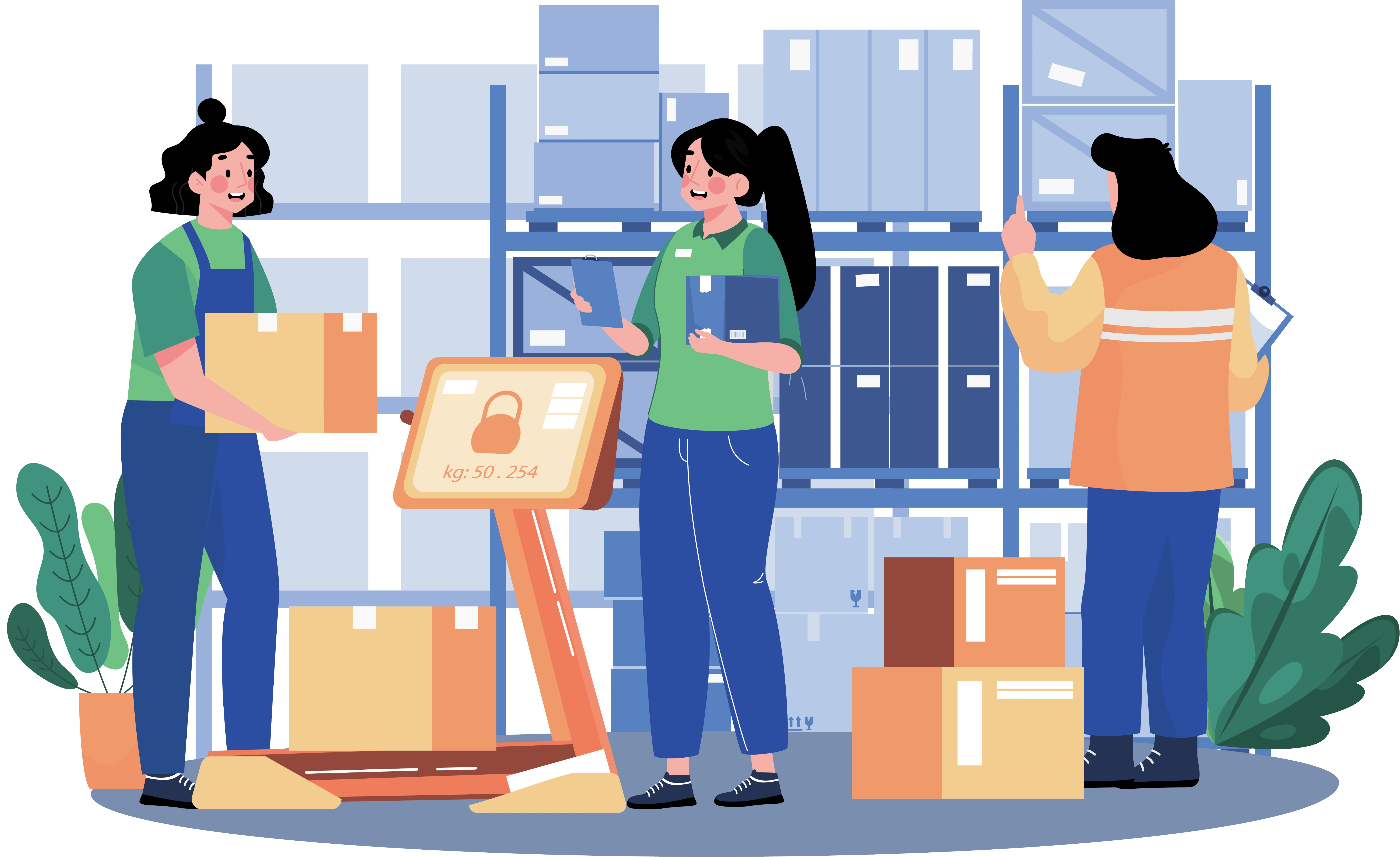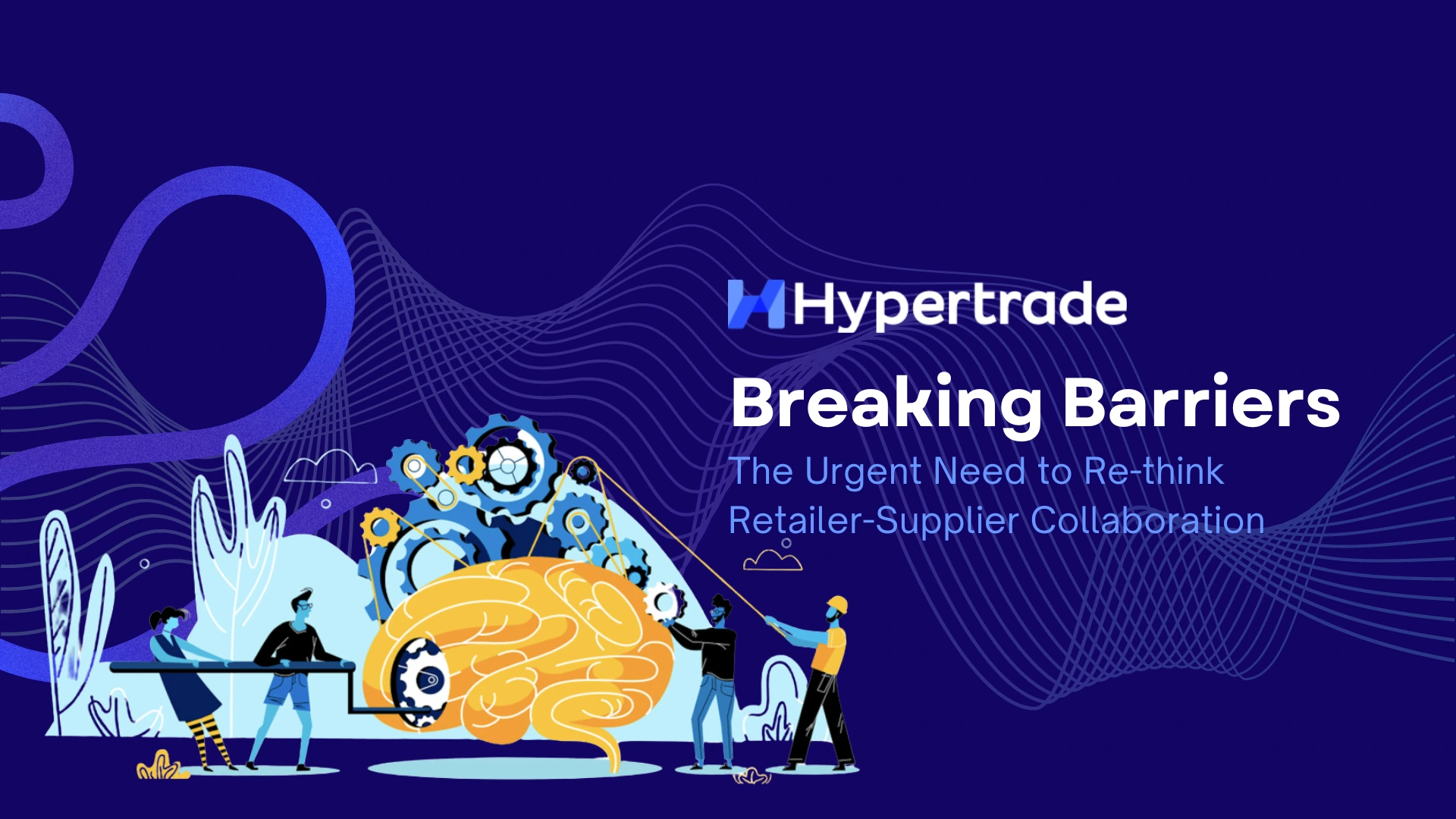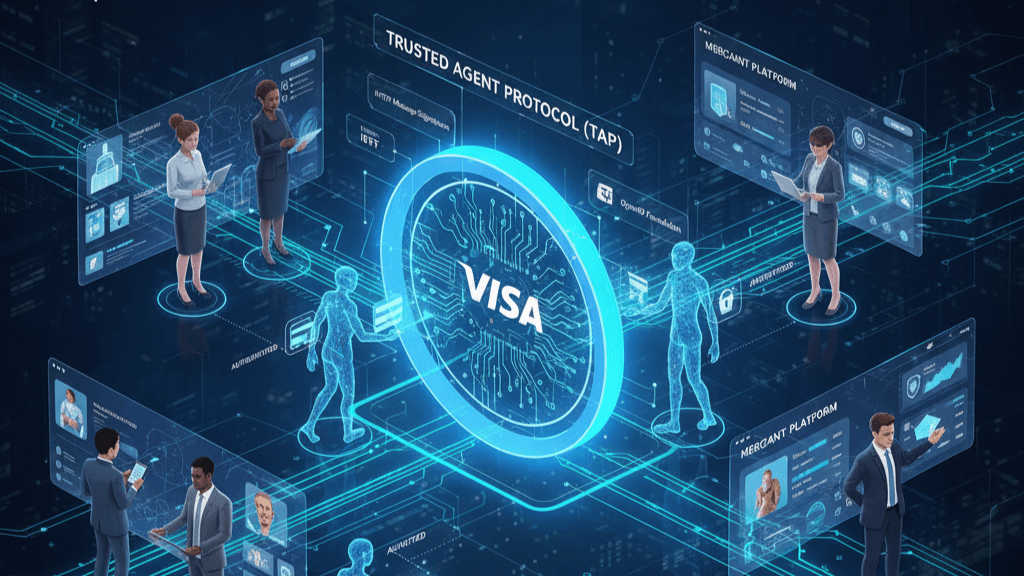For decades, the relationship between retailers and suppliers has been challenging, despite a common goal: strengthening collaboration to improve the supply chain and customer satisfaction. From the early adoption of Electronic Data Interchange (EDI) to modern strategies like Efficient Consumer Response (ECR) and Vendor Managed Inventory (VMI), the journey towards seamless collaboration has been a long and complex one. Yet, progress has often stalled due to barriers primarily rooted in a perceived imbalance of risk, particularly from the retailer’s perspective.

Challenges in Retailer-Supplier Collaboration
The introduction of EDI was one of the first attempts to streamline communication between retailers and suppliers, enabling the electronic exchange of documents like purchase orders and invoices. While this marked a significant technological leap, it also exposed retailers to potential risks. Sharing real-time data required a level of transparency that many retailers were – and still are – uncomfortable with, seeing as suppliers could gain too much control over their inventory or pricing strategies. This perception of risk fosters hesitation, preventing the full adoption of collaborative solutions that could have driven efficiency.
Initiatives like ECR and category management aimed at fostering a more customer-focused and collaborative supply chain. These strategies encouraged retailers and suppliers to work together to optimize product ranges, improve promotions, and reduce waste. However, these efforts were often stifled by conflicting goals and misaligned incentives. Retailers prioritized short-term gains and competitive advantage, while suppliers were more focused on long-term brand development and cost reductions. This misalignment hindered the ability to form truly symbiotic relationships.
Even Vendor Managed Inventory (VMI), which seemed to hold great promise by shifting inventory control to suppliers, was met with mixed success. While it alleviated some of the burden on retailers, it also introduced concerns over autonomy, control, and supplier-driven decision-making. This trust deficit, compounded by a lack of consistent data sharing and communication, led to incomplete implementations of VMI and other collaborative approaches.

The Transformative Potential of Modern Technologies
As we stand in a new era of technological advancement, many of these historical challenges are being reassessed. The rise of data analytics, artificial intelligence (AI), and cloud-based platforms offers new ways to bridge the gap between retailers and suppliers. These tools can provide real-time insights into consumer behavior, inventory levels, and market trends, enabling better decision-making and more aligned strategies.
AI, for instance, can automate the process of demand forecasting, reducing the uncertainty that has historically caused friction between retailers and suppliers. With better data, retailers can trust their suppliers to manage inventory more effectively, and suppliers can respond quickly to changes in demand without the fear of overstocking or stockouts. Moreover, cloud-based platforms enable seamless communication and data exchange, allowing both parties to have visibility over shared goals and performance metrics.
These technologies not only mitigate many of the risks that have previously held back collaboration but also offer a competitive advantage to those willing to embrace them. By leveraging AI and data analytics, retailers and suppliers can optimize Range, Assortment, Promotions, and Customer Engagement in ways that were not possible before, creating a more responsive and agile supply chain.

A Proactive Approach for the Post-Pandemic Era
The COVID-19 pandemic disrupted global supply chains in ways that no one could have anticipated. Retailers and suppliers alike faced unprecedented challenges, from inventory shortages to shifts in consumer behavior. However, as countries now enter a phase of recovery and rebuilding, there is a unique opportunity to rethink the dynamics of retailer-supplier collaboration.
The post-pandemic landscape requires a proactive approach—one that not only focuses on recovering from recent disruptions but also on building resilience for the future. Retailers and suppliers must abandon outdated models of competition and instead embrace cooperative strategies that prioritize shared success. By aligning incentives, fostering transparency, and leveraging modern technologies, both parties can create a more robust and adaptive supply chain.
In this new collaborative framework, trust and transparency will be key. Retailers must be willing to share data with suppliers to improve decision-making and agility, while suppliers must act as true partners, offering flexible solutions that respond to the rapidly changing market conditions.ring flexible solutions that respond to the rapidly changing market conditions.

Redefining Supply Chain Dynamics for Future Success
The historical challenges that have hindered retailer-supplier collaboration are not insurmountable. By adopting a new mindset and embracing the transformative potential of modern technologies, retailers and suppliers can overcome these barriers and forge stronger, more effective partnerships. In a post-pandemic world, the need for collaboration has never been more critical. Now is the time for both retailers and suppliers to re-think how they work together, turning risk into opportunity and competition into cooperation.
The future of supply chain success will be defined by those who are willing to take bold steps toward collaboration, leveraging technology and trust to build a more resilient, adaptive, and customer-focused ecosystem.
Harness the Power of Data-Driven Collaboration with Hypertrade
As the retail and supply landscape evolves, so must your approach to collaboration. Hypertrade is uniquely positioned to help retailers and suppliers transform their supply chains by leveraging cutting-edge data analytics, AI, and cloud-based solutions.
By partnering with Hypertrade, you can:
- Enhance Collaboration: Break down barriers between retailers and suppliers with real-time data sharing and AI-powered insights.
- Optimize Assortment and Promotions: Use advanced analytics to align product offerings with consumer demand, improving Range and Assortment strategies.
- Strengthen Customer Engagement: Build a more responsive supply chain that delivers the right products at the right time, driving customer loyalty and satisfaction.
- Build a Resilient Supply Chain: Mitigate risks and enhance agility in your supply chain by adopting modern, collaborative technologies.
- Build a Data-Driven Culture: enable your teams and your suppliers’ teams to take better decisions based on accurate and timely data
- Increase efficiency: Leverage automation for your teams and your suppliers’ teams so more time can be spent in execution
It’s time to rethink how you work with your partners and build a supply chain ready for the challenges of tomorrow. Let Hypertrade be your guide to fostering collaboration that not only improves operational efficiency but also drives mutual growth.
Contact Hypertrade today to discover how we can transform your collaboration strategies and prepare your business for the future.







